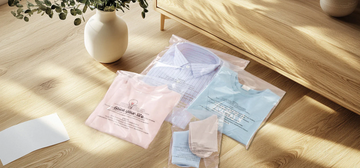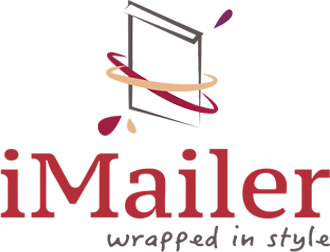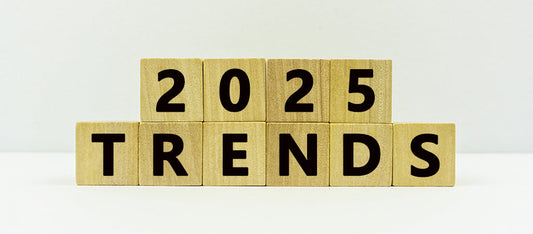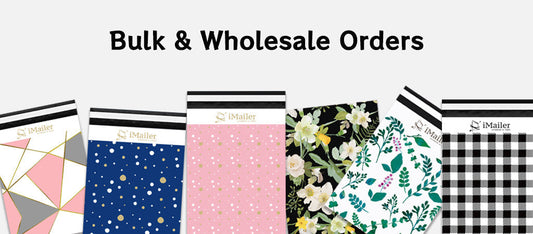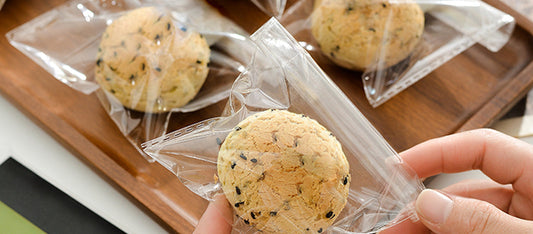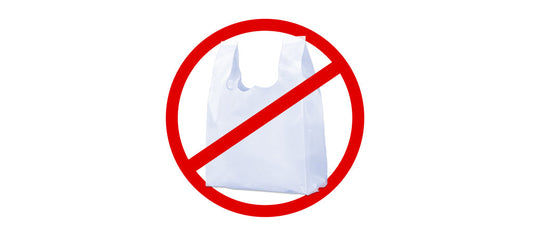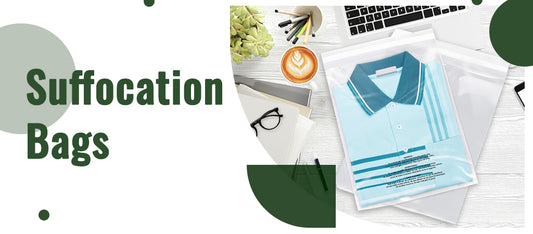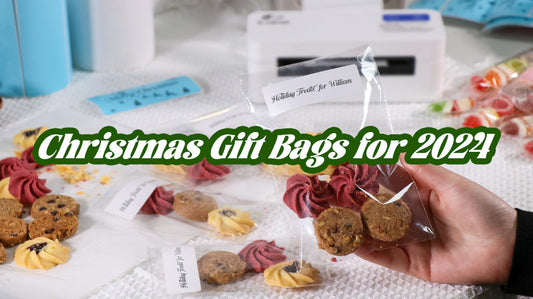your passion for learning.
Welcome to Our Blog
Exploring new ideas, discovering fresh perspectives, and igniting
Design a Beginner Friendly Poly Mailer With Canva
Did you know that you can design a poly mailer on your own? When you need stylish poly mailers to match the positioning of your products and brand, you may find that the options available on the market don’t meet your expectations. So, what should you do? Since you’re not hiring a designer, you start searching online to see if you can design your own and how complicated it would be.
Latest post
Packaging Trends in 2025: Innovations Shaping the Industry
Packaging plays an important role in modern commerce, not only protecting...
Poly Mailer Size Guide: A Friendly Packaging Size Selection Guide for Small and Medium eCommerce Businesses
If you are an eCommerce seller, choosing the right packaging...
Clear Cellophane Bags vs Other Cookie Packaging: Why I Choose the Former?
When it comes to cookie packaging, the choices can be...
What Do U.S. Plastic Bag Regulations Mean for E-commerce Businesses?
Imagine this: You’re running a thriving e-commerce business, delighting your...
Affordable and Reliable: Best Suffocation Warning Poly Bags for Small Businesses
From mandatory texts and placements to exemptions and penalties, we’ll...
The Best Christmas Cellophane Gift Bags – Imailer’s Premium Clear Bags
For those looking to simplify their holiday wrapping while keeping...
Stay up-to-date.
Sign up to our newsletter and get monthly updates on products,
events and much more.
